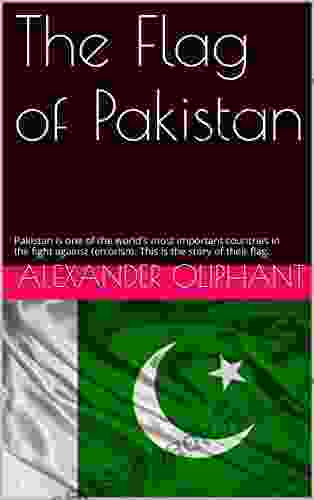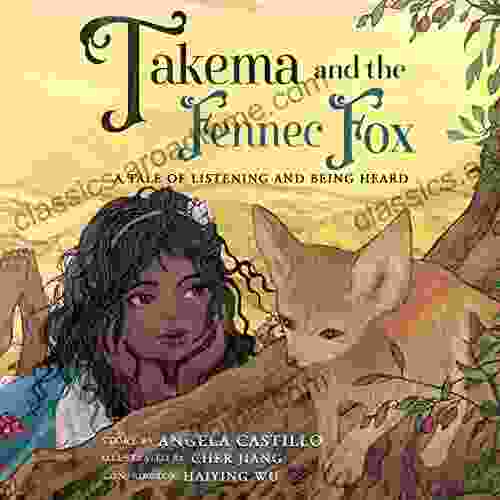The Origin of the Pakistani Flag: The Ancient Families That It Represents

The Pakistani flag, a symbol of national pride and unity, holds a rich history and profound symbolism that is deeply rooted in the country's ancient past. Its design, consisting of a green field with a white crescent and star, embodies the aspirations and heritage of the Pakistani people.
4.8 out of 5
| Language | : | English |
| File size | : | 1018 KB |
| Text-to-Speech | : | Enabled |
| Enhanced typesetting | : | Enabled |
| Word Wise | : | Enabled |
| Print length | : | 31 pages |
| Lending | : | Enabled |
| Screen Reader | : | Supported |
The Genesis of the Flag
The origins of the Pakistani flag can be traced back to the early 20th century, during the struggle for independence from British rule. In 1906, the All India Muslim League, a political organization representing the interests of Indian Muslims, adopted a green flag with a white crescent and star as its symbol. This flag became a rallying point for Muslims who sought self-determination and a separate homeland.
The Ancient Families Represented
The green field of the Pakistani flag represents the Muslim majority population of the country. The white crescent, a symbol of Islam, acknowledges the faith's central role in Pakistani society. The five-pointed star represents the five pillars of Islam: faith, prayer, fasting, charity, and pilgrimage.
In addition to its religious significance, the flag also pays homage to the ancient families that played a pivotal role in the history of the region:
- Baloch: The green color of the flag is said to represent the Baloch people, who have inhabited the southwestern regions of Pakistan for centuries.
- Sindhi: The white crescent is believed to represent the Sindhi people, who have lived in the southeastern regions of Pakistan since ancient times.
- Punjabi: The five-pointed star is thought to symbolize the Punjabi people, who form the majority population in the eastern regions of Pakistan.
Symbolism and Evolution
Over the years, the Pakistani flag has undergone several modifications. In 1947, when Pakistan gained independence, the flag was slightly altered to include the Urdu inscription "Pakistan" in the center. This inscription was removed in 1956, but was later reinstated in 1996.
The Pakistani flag has also been a source of inspiration for other national flags. The flag of the Indian state of Jammu and Kashmir, for example, is based on the Pakistani flag, with the addition of a red stripe.
Cultural Significance
The Pakistani flag holds immense cultural significance and is revered by the people of Pakistan. It is flown at government buildings, schools, and homes, and is a symbol of national pride and unity.
The flag is also used in various cultural and religious ceremonies. For example, it is displayed during religious festivals such as Eid al-Fitr and Eid al-Adha, and is often used as a backdrop for weddings and other celebrations.
The Pakistani flag is a testament to the country's rich history and cultural diversity. Its design, symbolism, and evolution reflect the aspirations, heritage, and ancient families that have shaped Pakistan. As a national emblem, the flag embodies the unity, pride, and resilience of the Pakistani people.
4.8 out of 5
| Language | : | English |
| File size | : | 1018 KB |
| Text-to-Speech | : | Enabled |
| Enhanced typesetting | : | Enabled |
| Word Wise | : | Enabled |
| Print length | : | 31 pages |
| Lending | : | Enabled |
| Screen Reader | : | Supported |
Do you want to contribute by writing guest posts on this blog?
Please contact us and send us a resume of previous articles that you have written.
 Book
Book Novel
Novel Page
Page Chapter
Chapter Text
Text Story
Story Genre
Genre Reader
Reader Library
Library Paperback
Paperback E-book
E-book Magazine
Magazine Newspaper
Newspaper Paragraph
Paragraph Sentence
Sentence Bookmark
Bookmark Shelf
Shelf Glossary
Glossary Bibliography
Bibliography Foreword
Foreword Preface
Preface Synopsis
Synopsis Annotation
Annotation Footnote
Footnote Manuscript
Manuscript Scroll
Scroll Codex
Codex Tome
Tome Bestseller
Bestseller Classics
Classics Library card
Library card Narrative
Narrative Biography
Biography Autobiography
Autobiography Memoir
Memoir Reference
Reference Encyclopedia
Encyclopedia Amilya Antonetti
Amilya Antonetti David Clark
David Clark Angeliki Bogosian
Angeliki Bogosian Kathleen Smith
Kathleen Smith Emily Albright
Emily Albright David Malamut
David Malamut Andrew Gladwell
Andrew Gladwell Sandra Evans
Sandra Evans Milan Vaishnav
Milan Vaishnav Andrew Tallon
Andrew Tallon Ann Pettifor
Ann Pettifor Dennis N Griffin
Dennis N Griffin Anastasia Greywolf
Anastasia Greywolf Andrew Morton
Andrew Morton Lewis Abraham
Lewis Abraham Andy Green
Andy Green Katsunari Okamoto
Katsunari Okamoto Amy White
Amy White Amira Rezec Wegenek
Amira Rezec Wegenek Angie Thomas
Angie Thomas
Light bulbAdvertise smarter! Our strategic ad space ensures maximum exposure. Reserve your spot today!
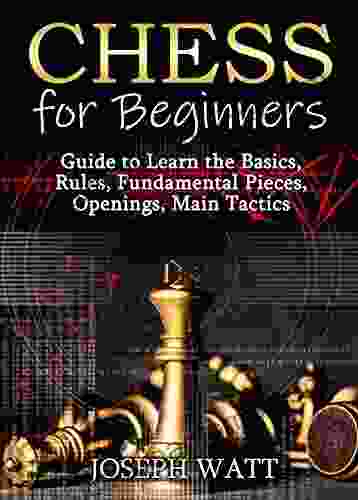
 Floyd RichardsonBecome a Chess Master: Your Ultimate Guide to the Basics, Rules, Openings,...
Floyd RichardsonBecome a Chess Master: Your Ultimate Guide to the Basics, Rules, Openings,... Gordon CoxFollow ·3.2k
Gordon CoxFollow ·3.2k Oscar WildeFollow ·9.7k
Oscar WildeFollow ·9.7k Ethan GrayFollow ·12k
Ethan GrayFollow ·12k John UpdikeFollow ·19.2k
John UpdikeFollow ·19.2k Keith CoxFollow ·10.4k
Keith CoxFollow ·10.4k Kelly BlairFollow ·8.8k
Kelly BlairFollow ·8.8k Rodney ParkerFollow ·17.5k
Rodney ParkerFollow ·17.5k Virginia WoolfFollow ·16.1k
Virginia WoolfFollow ·16.1k

 Braden Ward
Braden WardThe True Story of Murder and Betrayal
In a small town where...
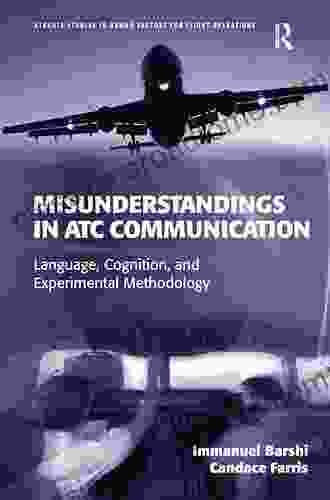
 W. Somerset Maugham
W. Somerset MaughamUnraveling the Complexities of Human Language: A...
Language is a fundamental aspect of human...

 Ibrahim Blair
Ibrahim BlairTrue Crime Tales That Will Keep You on the Edge of Your...
Prepare to be...
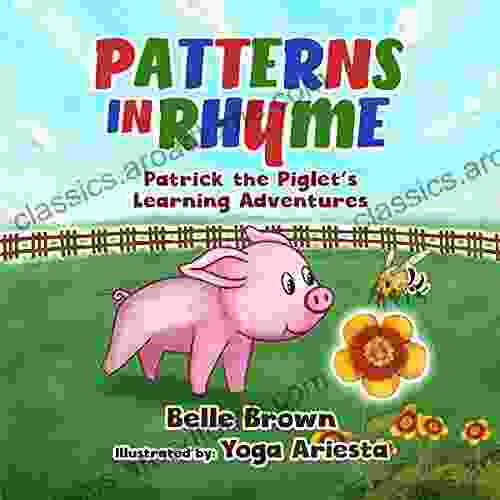
 Rick Nelson
Rick NelsonPatterns In Rhyme: A Journey of Discovery with Patrick...
Welcome to the...

 Edgar Hayes
Edgar HayesWithout Pity: Unmasking the Evil Within
In the realm of true...

 Cooper Bell
Cooper BellFannie Lou Hamer's Indelible Legacy: Unraveling the...
The Black Freedom Movement, a pivotal...
4.8 out of 5
| Language | : | English |
| File size | : | 1018 KB |
| Text-to-Speech | : | Enabled |
| Enhanced typesetting | : | Enabled |
| Word Wise | : | Enabled |
| Print length | : | 31 pages |
| Lending | : | Enabled |
| Screen Reader | : | Supported |


